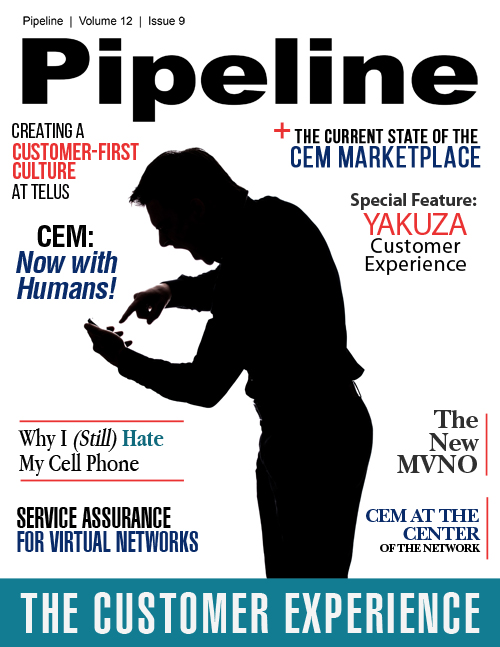Creating a Customer-first Culture at Telus
Using survey data and other metrics available for further insight to augment what was learned during the customer experience, Telus was able to determine that their primary focus should be organized around the key areas of (1) products and services, (2) pricing and transparency, (3) brand and reputation and (4) contact experience. From this, each department was able to determine how their activities impacted the customer directly and what they could do to improve the customer experience by making changes within their departments.
“Taking into account what your customers say, what your employees say, and what your operational metrics say is key to knowing what you need to do to implement a customer-first culture,” Carol says.
There were, of course, a few lessons learned. In some cases, departments thought their performance was satisfactory as measured against their own metrics, but clearly were not when measured against customer satisfaction. Say a network performance group claims 100% compliance with their goal metrics in the same period 20% of customers report a network issue. This clearly exposes the mismatch between customer reported experience and internal reported performance and neatly illustrates the challenges of getting internal metrics and customer metrics aligned such that the targeted customer experience can actually be delivered. The organizational disciplines around what gets rewarded are essential to a customer-first culture.
All Telus leaders took action to make changes in their departments’ processes that would result in their respective strategies and cultures aligning with the customer-first culture evolution. This included improvements to support tools and additional training, as well as reinforcing the customer-first goals. Those changes stuck because performance scorecards were utilized to prioritize and maintain customer-first wiring.
"Without taking the step of reviewing and updating total compensation, including salary, bonus, and incentives, employees won’t believe the newly-established policies and procedures are for real," she adds. And frankly, they won’t be. It is not easy to overcome skepticism following past change initiatives that didn’t work out well. That’s because departments’ processes are interdependent so everyone’s behaviors need to change at the same time. It’s all about critical mass and momentum that comes from a coherent strategy and customer- first culture.
The Big Five Takeaways
Although this was only a quick overview of what it means to have a customer-first culture and some of the steps necessary to get there, some key takeaways are:
- Customer-first cultures can only be achieved by changing the overall strategies and cultures within an organization pervasively, not by layering them on top or only implementing them within customer service;
- Only by directly experiencing the interaction with customers for themselves is it likely for senior management to get true insight into the human experience of their customers;
- Collected metrics that are not aligned with the customer experience can be false indicators of adequate performance. All metrics should relate directly back to customer experience;
- Each department within an organization must take ownership of its portion of the customer-first culture and make changes to support the overall goal; and
- A total compensation approach is necessary to ensure that people believe changes are real and that everyone means everyone
These essentials can be applied to virtually any organization to evolve environment into a truly customer-first culture. So where does your company culture stand?



















